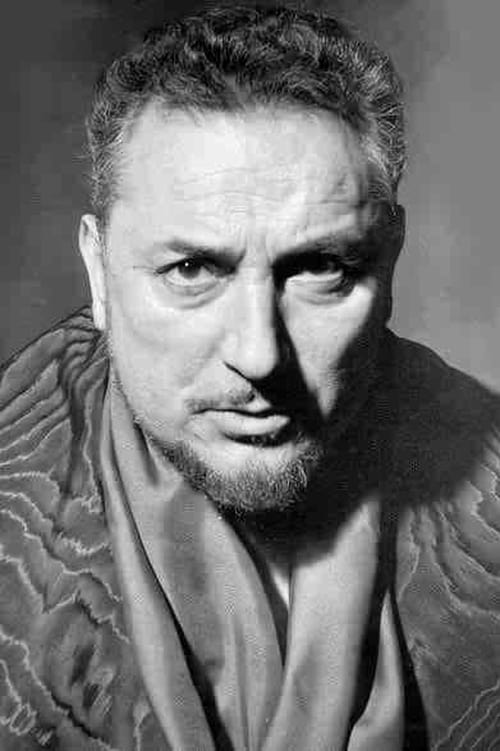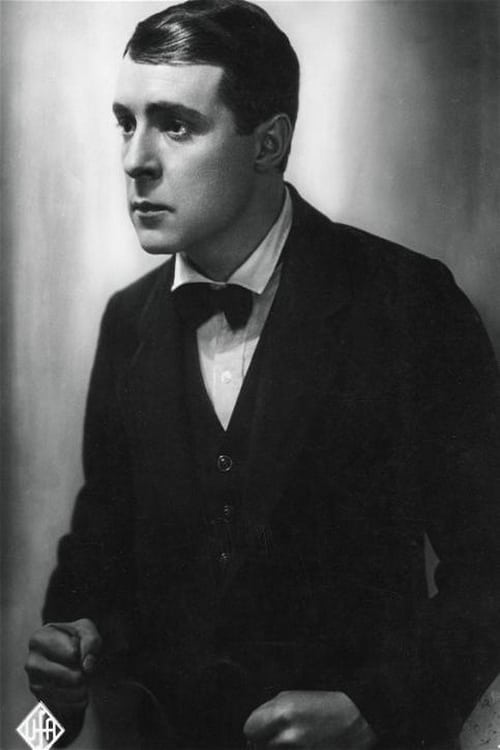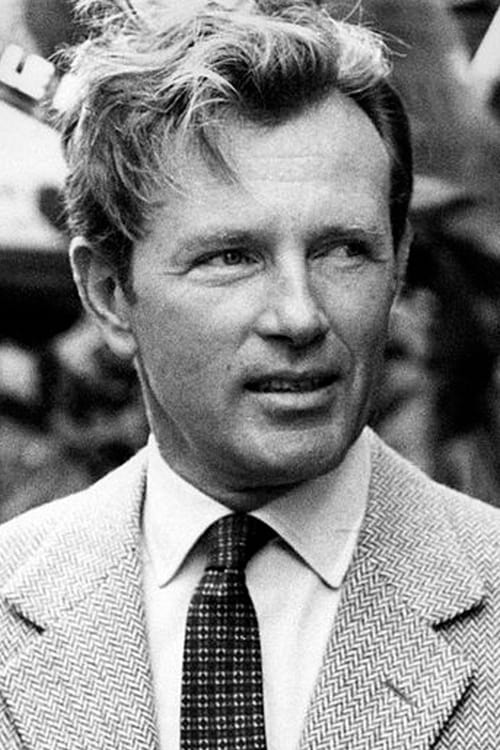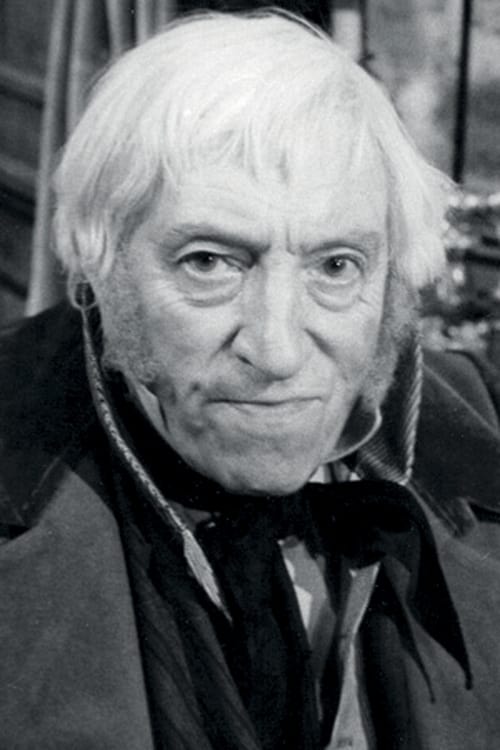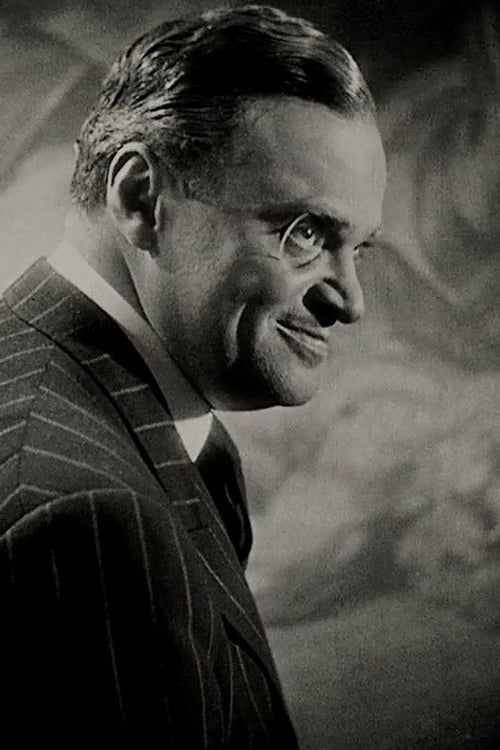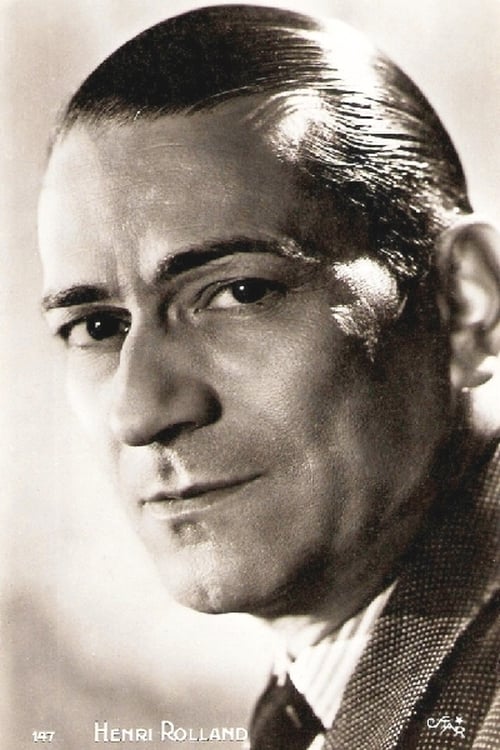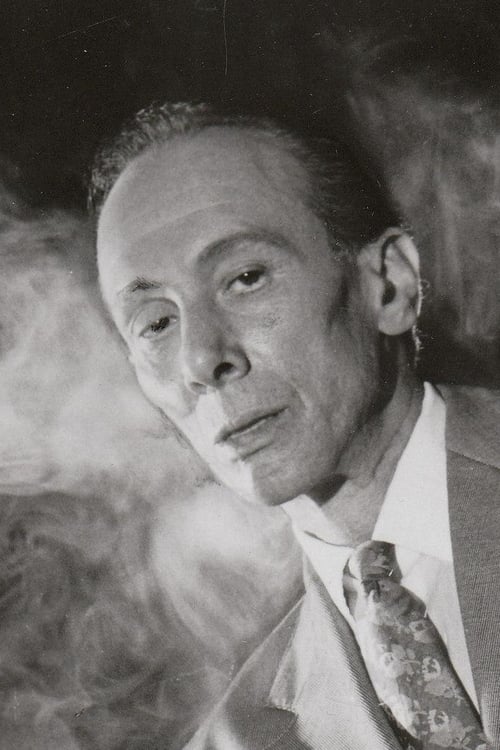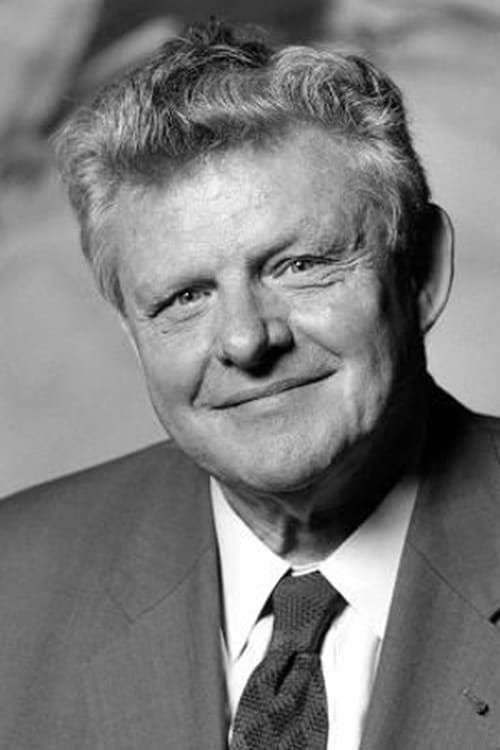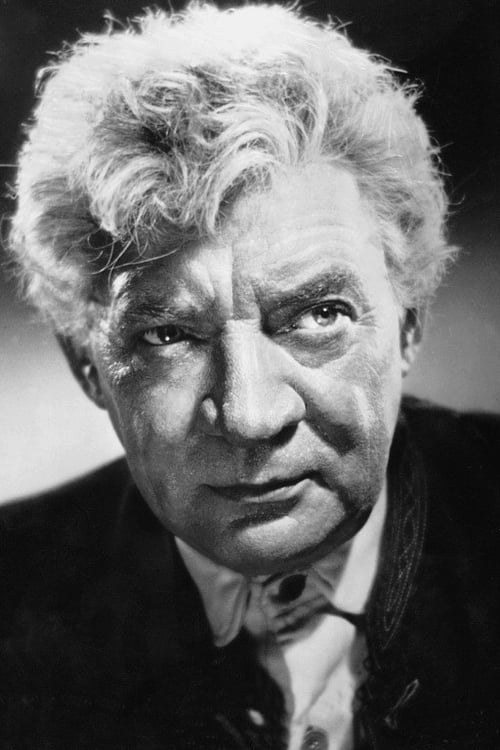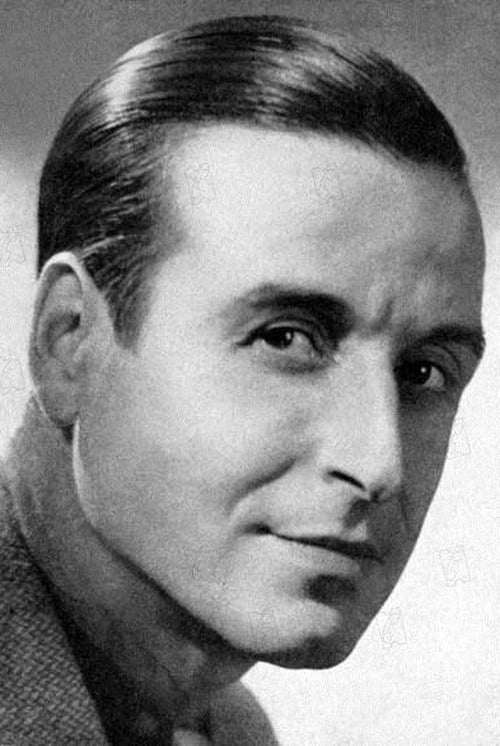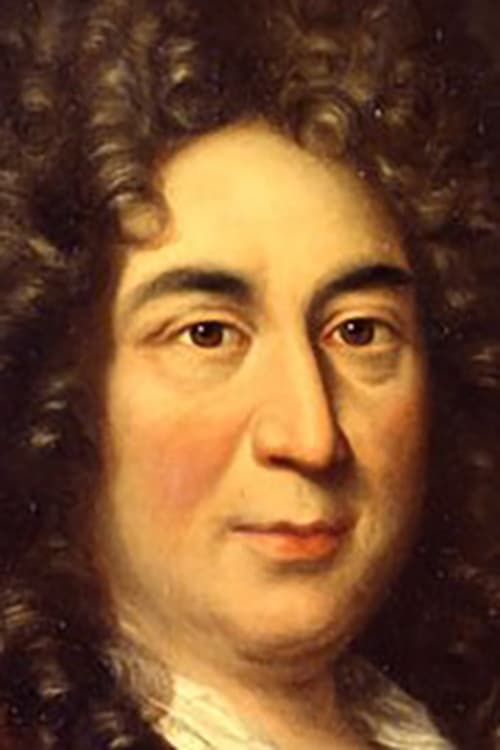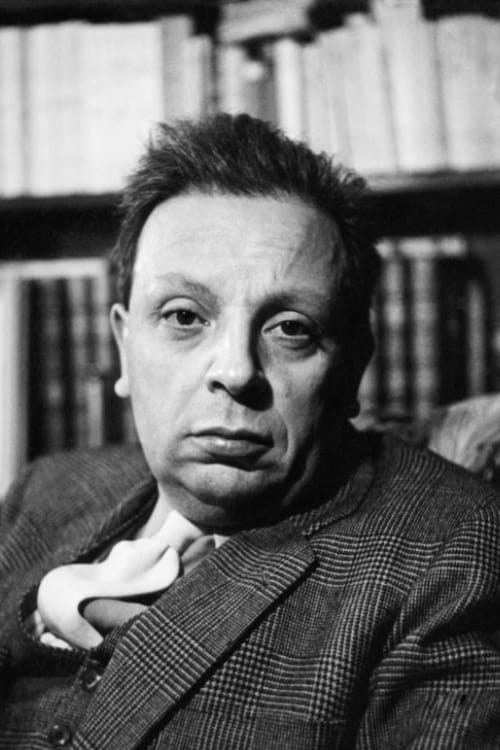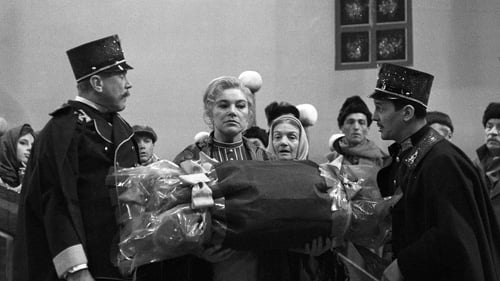Bluebeard (1951)
Genre : Drama, Comedy
Runtime : 1H 35M
Director : Christian-Jaque
Writer : André-Paul Antoine
Synopsis
Just before wowing international critics and moviegoers with his adventure romp Fanfan la Tulipe, director Christian-Jaque dashed off the lampoonish Barbe-Bleue. Ostensibly the story of the famed wife-killing potentate Bluebeard (Pierre Brasseur), this lighthearted costumer begins as the title character is poised to march down the matrimonial aisle for the eighth time. Barbe-Bleue's newest spouse Aline (Cécile Aubry) is kept in line by her husband's claims of murdering her predecessors. But when Aline opens the famous locked door to the equally famous hidden room, both she and the audience are in for quite a surprise. The frivolous nature of Barbe-Bleue is underlined by its pleasing utilization of the French Gezacolor process.
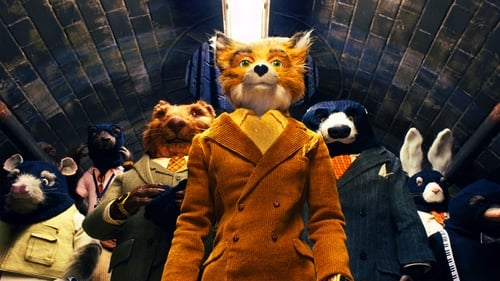
The Fantastic Mr. Fox bored with his current life, plans a heist against the three local farmers. The farmers, tired of sharing their chickens with the sly fox, seek revenge against him and his family.

In their quest to confront the ultimate evil, Percy and his friends battle swarms of mythical creatures to find the mythical Golden Fleece and to stop an ancient evil from rising.
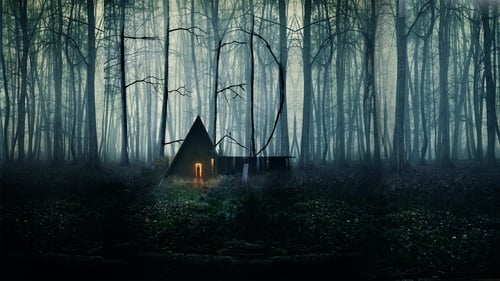
A long time ago in a distant fairy tale countryside, a young girl leads her little brother into a dark wood in desperate search of food and work, only to stumble upon a nexus of terrifying evil.
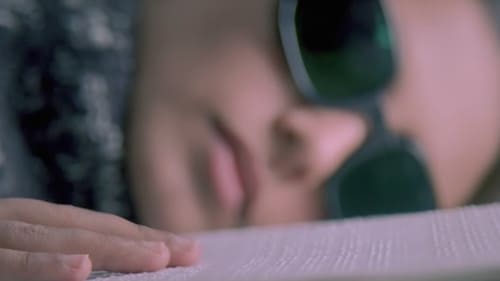
Black is an adaptation of Helen Keller's autobiography. Black revolves around a blind and deaf girl, and her relationship with her teacher who himself later develops Alzheimer's disease.
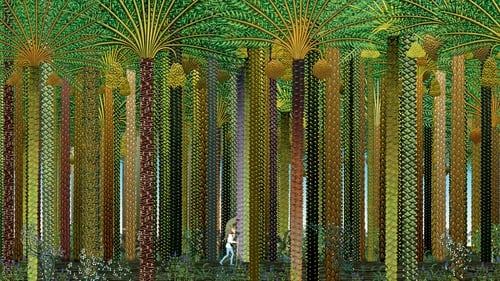
Raised on tales of a Djinn fairy princess, Azur, a young Frenchman goes to North Africa in search of the sprite, only to discover that his close childhood friend, Asmar, an Arab youth whose mother raised both boys also seeks the genie.

In this episodic animated fantasy from France, an art teacher interprets a series of six fairy tales (each involving a prince or princess) with the help of two precocious students. Princes and Princesses was created using a special style of cutout animation, with black silhouetted characters performing the action against backlit backdrops in striking colors.
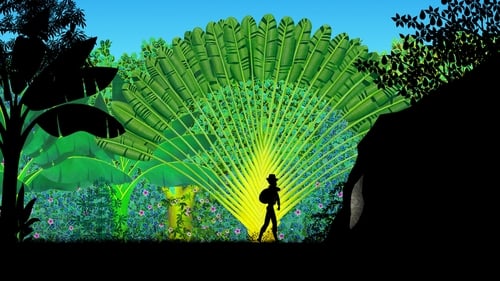
Six exotic fables, each unfold in a unique locale, from Tibet, to medieval Europe, an Aztec kingdom, the African plains, and even the Land of the Dead.
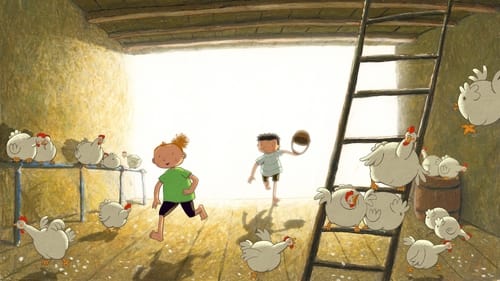
It's a catastrophe! A flood has hit our planet and an unusual group of people are all that remains. Led by Ferdinand, a modern day Noah, this little group have managed to defy the furiously raging elements. People and animals alike are dragged through this incredible whirlpool of an adventure.
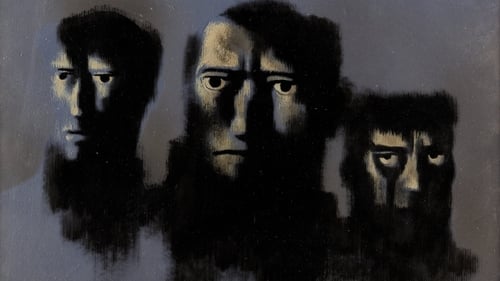
One of the most discussed and imaginative cartoons of any era. It tells the famous Edgar Allan Poe story of the deranged boarder who had to kill his landlord, not for greed, but because he possessed an "evil eye." The killer is never seen but his presence is felt by the use light-and-shadow to give the impression of impending disaster.
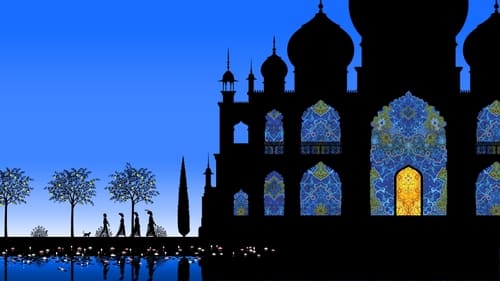
Four tales about princesses and adventurers around the world: The Mistress of Monsters, The Wizard Student, The Ship's Boy and His Cat, and Ivan Tsarevitch and his changeable princess.

This three-part anthology is nothing but shortened previous Full Moon releases directed by David 'Boxer Briefs' DeCoteau. Prison of the Dead (2000) has become "Crypt of the Undead," The Killer Eye (1999) has become "Terror of Vision" and Totem (1999) has become "Masters of Death."

A rich and ignorant cat loses her big house in a fire. Only then she realizes that a friend in need is a friend indeed.

An old man has three sons: the elder two are considered fairly smart, while the youngest, Ivan, is considered an idiot. One day the father sends the three to find out who's been taking the hay in their fields at night. The elder brothers decide to lie hidden in a haystack, where they promptly fall asleep. Ivan, meanwhile, sits beside a birch tree and plays on his recorder. Suddenly, he sees a magnificent horse come flying out of the sky. Ivan grabs its mane and holds on as the horse tries to shake him off. Finally, the horse begs him to let her go and in return gives him two beautiful black horses and a little humpbacked horse (Konyok-gorbunok) to be his companion.
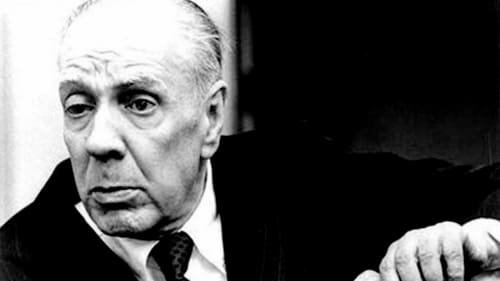
A dramatized approach to the Argentinian writer Jorge Luis Borges (1899-1986) through the recreation of some of his works and the staging of various aspects of his thought and his life.

Just before wowing international critics and moviegoers with his adventure romp Fanfan la Tulipe, director Christian-Jaque dashed off the lampoonish Barbe-Bleue. Ostensibly the story of the famed wife-killing potentate Bluebeard (Pierre Brasseur), this lighthearted costumer begins as the title character is poised to march down the matrimonial aisle for the eighth time. Barbe-Bleue's newest spouse Aline (Cécile Aubry) is kept in line by her husband's claims of murdering her predecessors. But when Aline opens the famous locked door to the equally famous hidden room, both she and the audience are in for quite a surprise. The frivolous nature of Barbe-Bleue is underlined by its pleasing utilization of the French Gezacolor process.
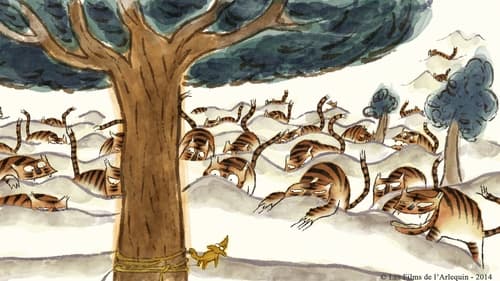
A very lazy boy, whose mother can no longer stand watching him sleeping and eating all day long, decides to set to work, revealing unsuspected powers of imagination, invention, and perseverance.

It is snowing. Lily and her grandfather are making a little bird house to help the birds survive over the winter. "But where do the other animals in the garden find shelter in winter?" – wonders the little girl. So she puts one of her mittens at the foot of the tree where they have fastened the bird house.

